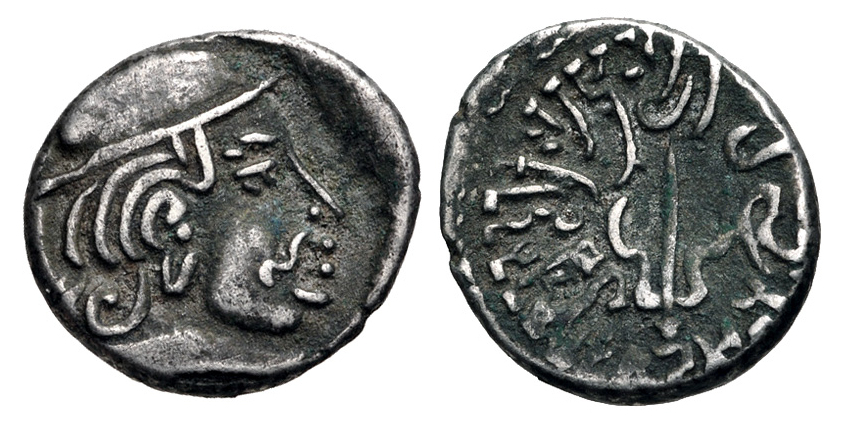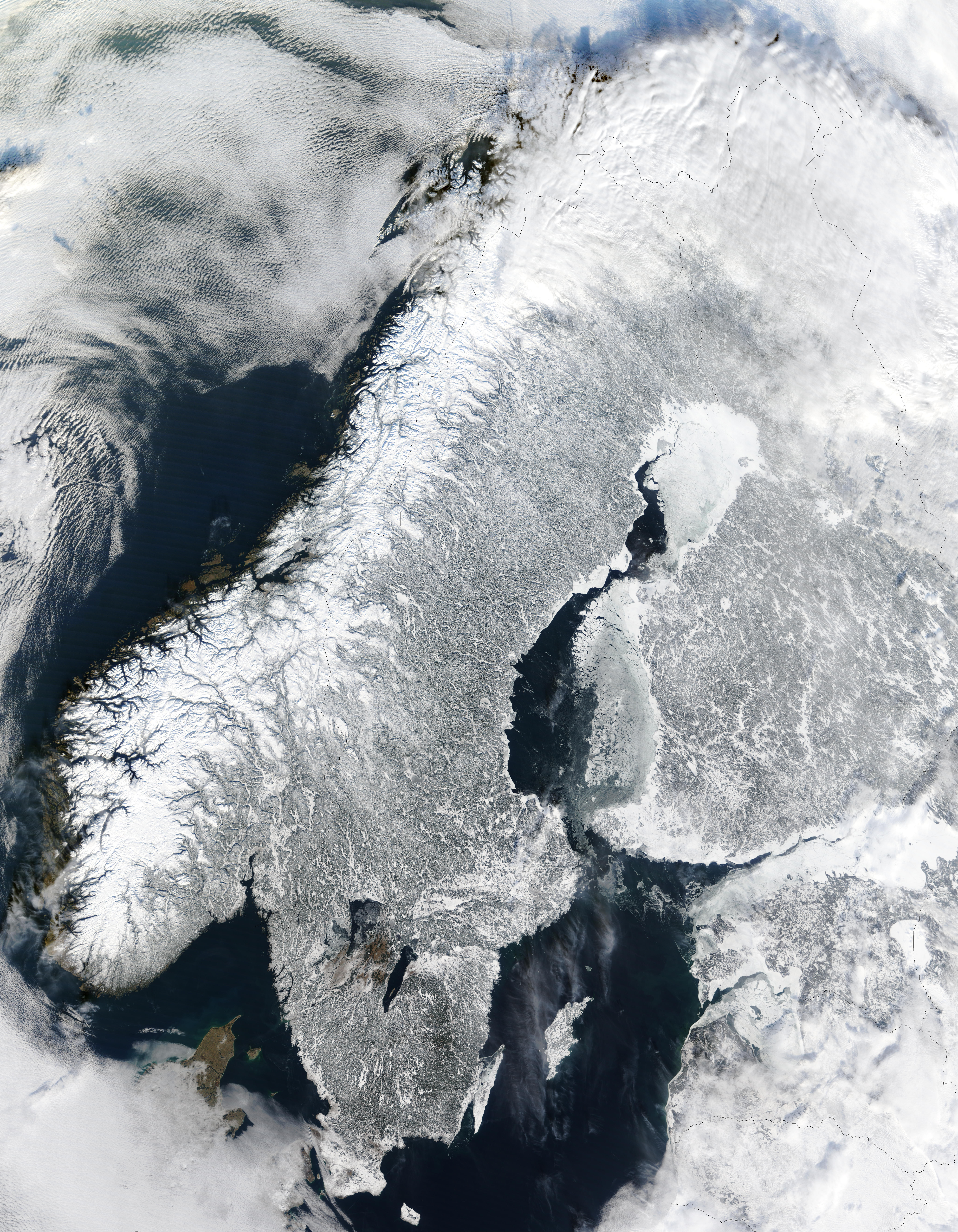|
Kingdom Of Valabhi
The Kingdom of Valabhi was an early medieval India, early medieval kingdom in Western India from 475 to 776. It was founded by #Bhaṭārka, Bhatarka, a Senapati, general in the Gupta Empire, and ruled by the Maitraka dynasty. Following the decline of the Gupta Empire, Bhaṭārka, the military governor of the Saurashtra region, founded the Maitraka dynasty in 475. He was followed by his son Dharasena I, who also used the title of ''senapati'' (commander). His son, Droṇasiṁha proclaimed himself ''Maharaja''. Guhasena () stopped recognising the suzerainty of the emperor of Magadha and his son, Dharasena II started using the sovereign title of ''Maharajadhiraja''. The kingdom came under the suzerainty of the Kingdom of Kannauj during the reign of Harsha following which the kingdom became independent again after his death in 647. The kingdom collapsed in 776 after prolonged Arab invasions. History Bhaṭārka The ''Senapati'' (general) Bhaṭārka, was a military governor of S ... [...More Info...] [...Related Items...] OR: [Wikipedia] [Google] [Baidu] |
Maharajadhiraja
Maharaja (also spelled Maharajah or Maharaj; ; feminine: Maharani) is a royal title in Indian subcontinent of Sanskrit origin. In modern India and medieval northern India, the title was equivalent to a prince. However, in late ancient India and medieval south India, the title denoted a king. The form "Maharaj" (without "-a") indicates a separation of noble and religious offices, although since in Marathi the suffix ''-a'' is silent, the two titles are near homophones. Historically, the title "Maharaja" has been used by kings since Vedic times and also in the second century by the Indo-Greek rulers (such as the kings Apollodotus I and Menander I) and then later by the Indo-Scythians (such as the king Maues), and also the Kushans as a higher ranking variant of "Raja". Eventually, during the medieval era, the title "Maharaja" came to be used by sovereign princes and vassal princes, and the title " Maharajadhiraja" was used by sovereign kings. Eventually, during the Mu ... [...More Info...] [...Related Items...] OR: [Wikipedia] [Google] [Baidu] |
Alchon Huns
The Alchon Huns, ( Bactrian: ''Alkhon(n)o'' or ''Alkhan(n)o'') also known as the Alkhan, Alchono, Alxon, Alkhon, Alakhana, and Walxon, were a nomadic people who established states in Central Asia and South Asia during the 4th and 6th centuries CE. They were first mentioned as being located in Paropamisus, and later expanded south-east, into the Punjab and Central India, as far as Eran and Kausambi. The Alchon invasion of the Indian subcontinent eradicated the Kidarite Huns who had preceded them by about a century, and contributed to the fall of the Gupta Empire, in a sense bringing an end to Classical India. The invasion of India by the Huna peoples follows invasions of the subcontinent in the preceding centuries by the Yavana ( Indo-Greeks), the Saka ( Indo-Scythians), the Pahlava ( Indo-Parthians), and the Kushana (Yuezhi). The Alchon Empire was the second of four major Huna states established in Central and South Asia. The Alchon were preceded by the Kidarites and succ ... [...More Info...] [...Related Items...] OR: [Wikipedia] [Google] [Baidu] |
Arjuna
Arjuna (, , Help:IPA/Sanskrit, [ɐɾd͡ʒun̪ə]) is one of the central characters of the ancient Hindu epic ''Mahabharata''. He is the third of the five Pandava brothers, and is widely regarded as the most important and renowned among them. He is the son of Indra, the king of the Deva (Hinduism), gods, and Kunti, wife of King Pandu of Kuru kingdom, Kuru dynasty—making him a Demigod, divine-born hero. Arjuna is famed for his extraordinary prowess in archery and mastery over Astra (weapon), celestial weapons. Throughout the epic, Arjuna sustains a close friendship with his maternal cousin, Krishna, who serves as his spiritual guide. Arjuna is celebrated for numerous heroic exploits throughout the epic. From childhood, he emerges as an excellent pupil, studying under the warrior-sage Drona. In his youth, Arjuna wins the hand of Draupadi, the princess of the Pañcāla, Panchalas, by excelling in a formidable archery competition. Soon after, he goes on a journey during a period ... [...More Info...] [...Related Items...] OR: [Wikipedia] [Google] [Baidu] |
Goparaja
The Second Battle of Eran, which took place around 510 CE, was a pivotal battle between the Gupta Empire's Emperor Bhanugupta and the Alchon Huns, Huna army of Toramana. The battle, which finds mention in the Eran inscription, was fought at the cost of the death of Bhanugupta's general, Goparaja. It was a key battle in halting the Huna invasion of eastern Malwa or attempting to expel them from the region. The battle was the first of a series of reverses for the Huna conqueror. In his battle against the invaders, Bhanugupta might have had the support of King Prakāśadharman (Aulikara), Prakāśadharman, the king of Mandasor. Background The fertile plains around Eran, also referred to as Airikana or the "Refreshing Fields," at the junction of the Betwa and Bina River (India), Bina rivers, became a battleground between the great powers. This historically significant locality had a religious complex dedicated to Vishnu, the patron deity of the Gupta Empire, built during the tim ... [...More Info...] [...Related Items...] OR: [Wikipedia] [Google] [Baidu] |
Bhanugupta
Bhanugupta was one of the lesser known kings of the Gupta dynasty. He is only known from an inscription in Eran, and a mention in the Manjushri-mula-kalpa. Only mentioned in the Eran inscription as a "Raja" and not a "Maharaja" or a "Maharajadhiraja" as would be customary for a Gupta Empire ruler, Bhanugupta may only have been a Governor for the region of Malwa, under Gupta Emperor Narasimhagupta. Eran inscription of Bhanugupta Bhanugupta is known from a stone pillar inscription in Eran, Malwa. The inscription was translated by John Faithfull Fleet in 1888, and then a second time in 1981, leading to different interpretations. Initial translation (J.F Fleet 1888) According to the initial translation of the Eran inscription (by John Faithful Fleet in 1888), Bhanugupta participated to a non-specific battle in 510 CE (Line 5). This translation was the basis for various conjectures about a possible encounter with Toramana, the Alchon Huns ruler. It has been suggested that ... [...More Info...] [...Related Items...] OR: [Wikipedia] [Google] [Baidu] |
Eran
Eran is an ancient town and archaeological site in the Sagar district of Madhya Pradesh, India. It was one of the ancient mints for Indian dynasties as evidenced by the diverse coins excavated here. The site has 5th and 6th-century Gupta era temples and monuments, particularly the colossal stone boar with sages and scholars depicted on the body of the sculpture. The inscription stones found at Eran are important to reconstructing the chronology of Gupta Empire history. Eran or Erakina was the capital of ''Erakina (Airikina) Pradesha'' or ''Airkina Vishaya'', an administrative division of the Gupta Empire. Etymology The ancient name of Eran (), ''Erakaina'', ''Erakanya'' or ''Erakina'' (as mentioned in the inscriptions); ''Airikina'' (, as mentioned in the inscription of Samudragupta) or ''Erikina'' (as mentioned in the inscription of Toramana) is derived from ''Eraka''. The word ''erakā'' probably refers to a tall grass commonly called the Elephant cattail, botanical name ... [...More Info...] [...Related Items...] OR: [Wikipedia] [Google] [Baidu] |
Vakataka
The Vakataka dynasty () was an ancient Indian dynasty that originated from the Deccan in the mid-3rd century CE. Their state is believed to have extended from the southern edges of Malwa and Gujarat in the north to the Tungabhadra River in the south as well as from the Arabian Sea in the west to the edges of Chhattisgarh in the east. They were the most important successors of the Satavahanas in the Deccan and contemporaneous with the Guptas in northern India. Little is known about Vindhyashakti (), the founder of the family. Territorial expansion began in the reign of his son Pravarasena I. It is generally believed that the Vakataka dynasty was divided into four branches after Pravarasena I. Two branches are known, and two are unknown. The known branches are the Pravarapura-Nandivardhana branch and the Vatsagulma branch. Gupta Emperor Chandragupta II married his daughter into the Vakataka royal family and, with their support, annexed Gujarat from the Saka Satraps in 4th c ... [...More Info...] [...Related Items...] OR: [Wikipedia] [Google] [Baidu] |
Harishena
Harishena () was the last known ruler of the Vatsagulma branch of the Vakataka dynasty. He succeeded his father Devasena. Harishena was a great patron of Buddhist architecture, art and culture, with the World Heritage monument of Ajanta being his greatest legacy. He is also credited with many conquests. The end of Harishena's reign and the ultimate fate of the Vatsagulma branch is shrouded in mystery, as it seems the Vakataka dynasty came to an end not long after the death of Harishena. Reign Harishena was the most powerful of the Vakataka rulers of the Vatsagulma branch. The Ajanta cave inscription of Harishena's minister Varahadeva describes the king's influence extending over many countries including Kuntala (probably referring to the kingdom of the Kadambas), Avanti (the region of western Malwa), Kalinga, Koshala, Lata, Andhra, and Trikuta (referring to the territories of the Traikutakas around the northern Konkan). In the west, the Traikutaka dynasty seems to have co ... [...More Info...] [...Related Items...] OR: [Wikipedia] [Google] [Baidu] |
Coinage Of Dharasena (Maitraka, 570-606 CE, Gujarat), National Museum, New Delhi
Coinage may refer to: * Coins, standardized as currency * Coining (mint), the process of manufacturing coins * ''COINage'', a numismatics magazine * Tin coinage, a tax on refined tin * Coinage, a protologism or neologism See also * Coin (other) A coin is a small, flat, round piece of metal or plastic that is used as currency. Coin or Coins may also refer to: Places France * Coin-lès-Cuvry, a municipality in Moselle * Coin-sur-Seille, a municipality in Moselle * Mont Coin, a mountai ... * Coining (other) {{disambig ... [...More Info...] [...Related Items...] OR: [Wikipedia] [Google] [Baidu] |
Girnar
Girnar is an ancient hill in Junagadh, Gujarat, India. It is one of the holiest pilgrimages of Jains, where the 22nd Tirthankara, Tirthaṅkar, Lord Neminath attained omniscience, and later nirvana at its highest peak (''Neminath Shikhar''), along with other five hundred and thirty three kevala jnana, enlightened sages. This is well described in ancient texts such as Kalpa Sūtra written by acharya Bhadrabāhu and Uttaradhyayana, Shri Uttaradhyayana Sutra by Sudharmaswami, Arya Sudharmaswami. It is administered by the Junagadh Municipal Corporation. Geology Mount Girnar is a major Intrusive rock, igneous plutonic complex which intruded into the basalts towards the close of the Deccan Trap period. The rock types identified in this complex are gabbros (tholeiitic and alkalic), diorites, lamprophyres, Syenite, alkali-syenites and rhyolites. The parent gabbroic magma is shown to have given rise in sequence to diorites, lamprophyres and alkali-syenites. The rhyolite, though previo ... [...More Info...] [...Related Items...] OR: [Wikipedia] [Google] [Baidu] |
Peninsula
A peninsula is a landform that extends from a mainland and is only connected to land on one side. Peninsulas exist on each continent. The largest peninsula in the world is the Arabian Peninsula. Etymology The word ''peninsula'' derives , . The word entered English in the 16th century. Definitions A peninsula is generally defined as a piece of land surrounded on most sides by water. A peninsula may be bordered by more than one body of water, and the body of water does not have to be an ocean or a sea. A piece of land on a very tight river bend or one between two rivers is sometimes said to form a peninsula, for example in the New Barbadoes Neck in New Jersey, United States. A peninsula may be connected to the mainland via an isthmus, for example, in the Isthmus of Corinth which connects to the Peloponnese peninsula. Formation and types Peninsulas can be formed from continental drift, glacial erosion, meltwater, glacial meltwater, glacial deposition (geology), deposition, ... [...More Info...] [...Related Items...] OR: [Wikipedia] [Google] [Baidu] |








